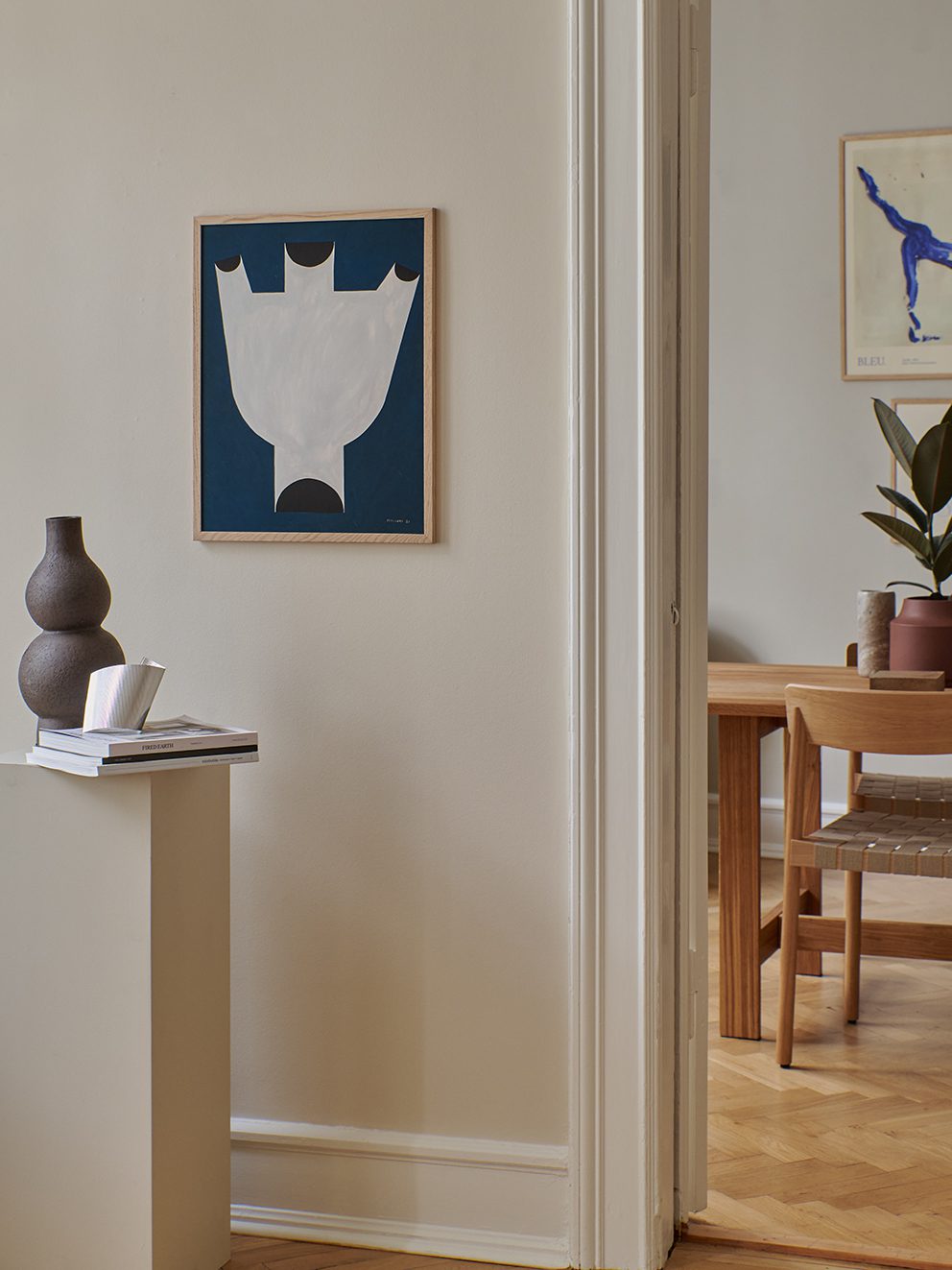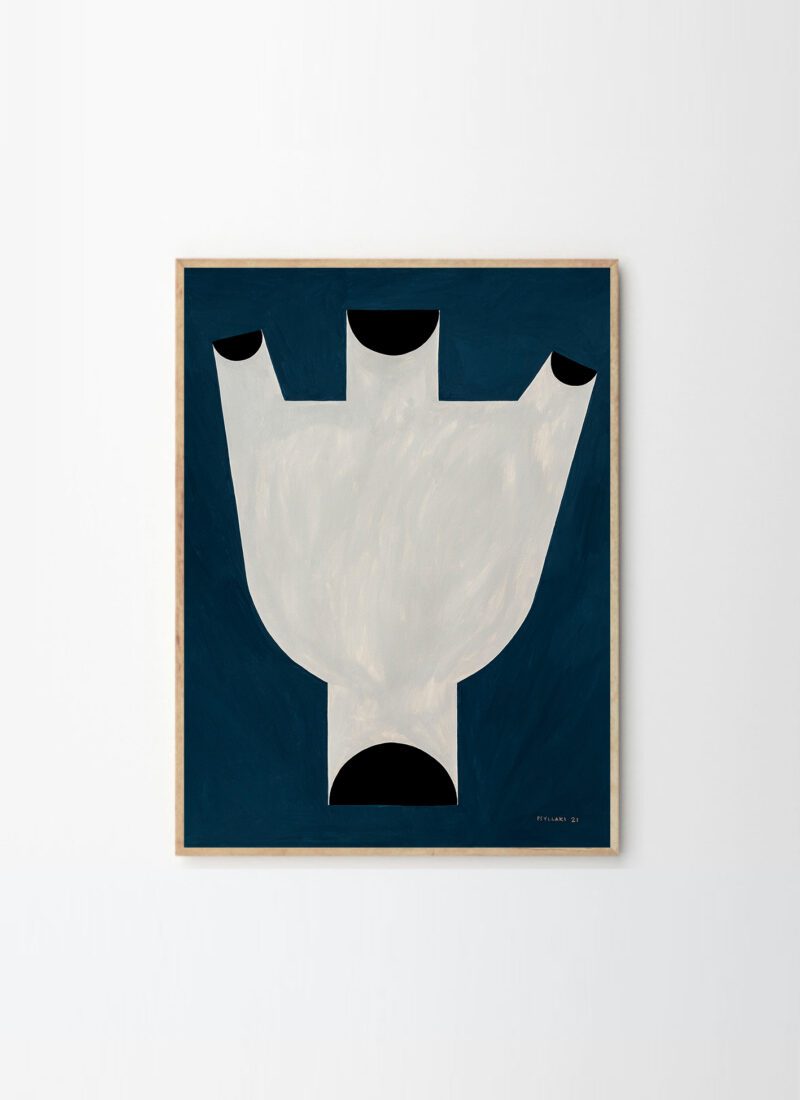Decorating with colours

A Story Of Colours
Interior Notes
From the subtle colour palette of File Under Pop to Prince Nikolai of Denmark closing a runway show in a floating pink coat, colours have found their way into the Scandinavian lifestyle. And it seems they are here to stay.
As Scandinavians, we are known to be quite minimal and monochromatic. Situated in a colder and more dark climate, our homes have taken shape after our surrounding nature: Resulting in large windows that let in the (sparse) natural light and bright, white walls which will reflect said light.
Birch and light oak wood, a strong ancestry in lamp design as well as clean architectural lines are the foundation of our interior tradition. So even as we embrace colours in our homes, we keep in touch with our Nordic roots and make the colours our own.

Setting The Tone
Have you ever noticed the walls in classic art museums?
More often than not the walls will be painted in richly saturated colours to offset or soften the displayed artworks. The art gallery Glyptoteket in Copenhagen is a prime example. With its bold blue tones, mustard yellows and maroon reds, the colours chosen for each room create an atmosphere that engulfs the visitor and makes the sculptures from the ancient Mediterranean come alive.
Colours have this way of impacting our state of mind.
While the typical Scandinavian white walls have a crisp quality about them, an extensive palette ranging from neutrals to pops of saturated colours can enhance the mood of a space.

“I like to have a neutral base of beiges, greys and a bit warmer shades like sand or yellow. These colours tend to smooth everything out, making your home restful for your eyes,” our in-house stylist Charlotte says. She explains that we are met with so many impressions during the day, that a calming and recreational environment at home is a must.
“However,” she says, “that does not mean that you should not incorporate brighter elements. We are all different, and at the end of the day the most important thing is that you love your home.”

“At the end of the day the most important thing is
that you love your home.”

Colour Flow
Returning to the colours of Glyptoteket and other museums, it is not only the individual colour in each space that is important – it is also the way that the different colours connect each room. It creates a flow as you walk from room to room, and that effect is easily transferred to your own home.
Keeping in mind, that our homes might not have the grand square footage of a museum, sticking to a base of colours will pull in each aspect of your interior and at the same time leave room to experiment.

“Begin with a small palette of maybe 3 or 4 colours. Be consistent, but do not shy away from using different nuances of one colour as this will bring depth to a space,” Charlotte says. To her, it is essential to have a base that acts as an anchor from which you can add more layers, textures and – most importantly – personality.
“Using art to bring in elements of colour will not only help you explore different colour stories: It will also add a personal touch to your home.”
Decorating with colour is a question of taking your time and really considering what you like, what speaks to you and what you ultimately want to wake up to every morning and come home to every day.
In this sense, our homes are like museums: A curation of objects, colours, art pieces and memories that combined only in this particular way showcase who we are and the history of our personality.







